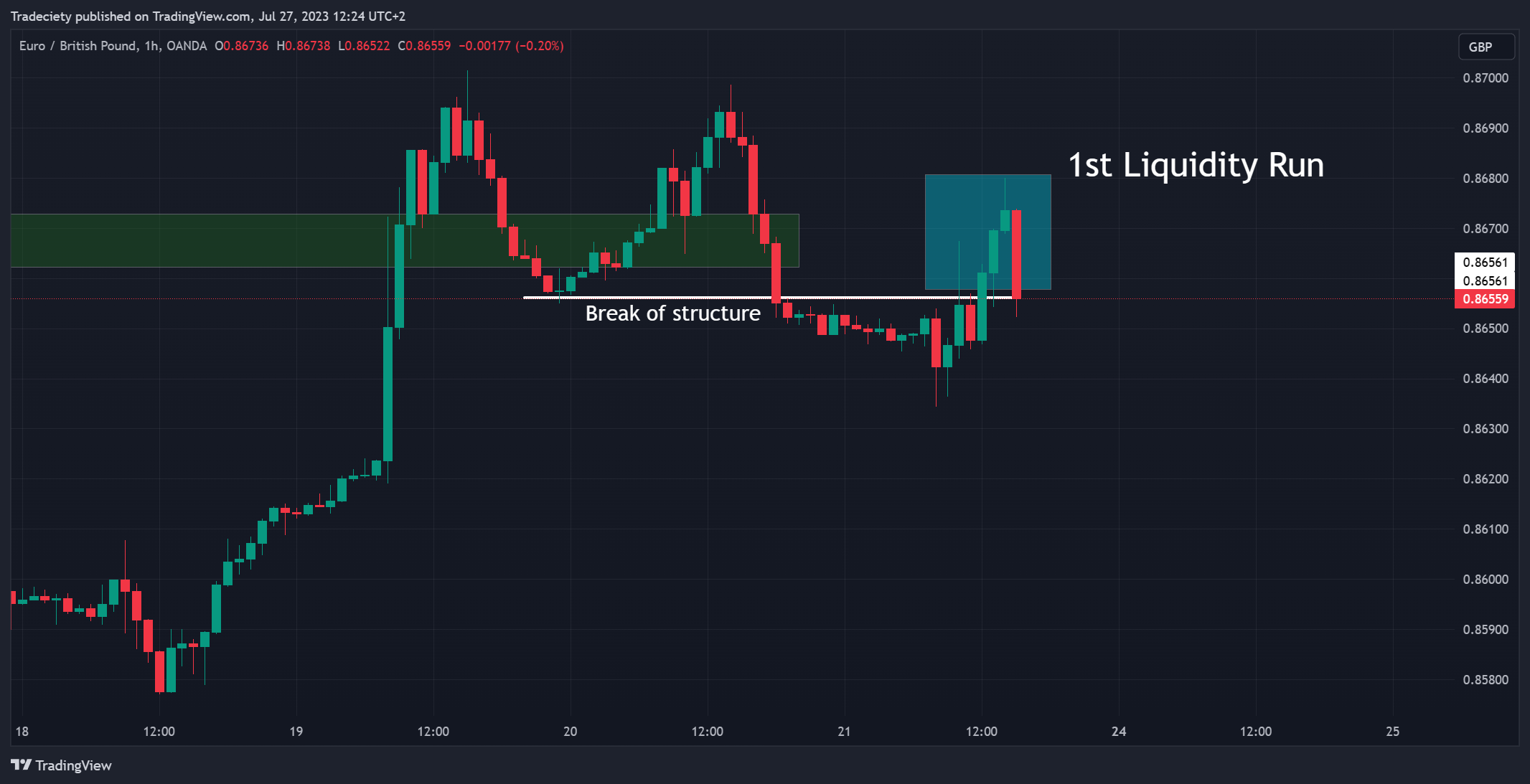3 min read
Scientist Discovered Why Most Traders Lose Money – 24 Surprising Statistics
“95% of all traders fail” is the most commonly used trading related statistic around the internet. But no research paper exists that proves this...

The following is the content of our weekly trading newsletter. Every Thursday, we are sending out a newsletter with brand new trading tips, the best chart of the week, and other insights: subscribe free here
This week wasn´t the easiest trading week with most major central banks releasing interest rate policy decisions. If your trading faced turbulence, these news events might have been the catalyst.
Today, we anticipate the European Central Bank's interest rate policy, followed by the Bank of Japan's disclosure tomorrow. Next week, don't forget the Bank of England's rate policy announcement. Staying informed about these events is crucial for successful trading, so keep an eye on the news calendar.
However, there were still some decent trading opportunities to be found this week. And I want to highlight one particularly interesting chart setup.
The chart below shows the EUR/GBP on the daily timeframe at the beginning of the week. The double-wick pattern above the green resistance area is a great signal on the higher timeframe. The two long wicks shooting through the resistance show a large interest in the currency pair and a temporary failure to continue the bullish move.
The wicks are not enough to just jump into a trade right away but they are a good enough signal to start your trade planning on the lower timeframe.
On the 1H (next screenshot), the price showed a perfect liquidity run (grab) pattern. What is a liquidity run? Here are some key components of the liquidity run:
After the liquidity run, the downtrend unfolded. The liquidity run with the higher timeframe double-wick exhaustion are great complementary signals. They often (not always) foreshadow new trending markets.
What else am I watching?
I am keeping an eye on Gold. The price has been trading in an upward-sloping channel, reaching a Supply zone. 1985 is also a very important long-term resistance level - zoom out to see it.
Especially with the upcoming interest rate announcements, Gold might be an interesting market to watch.
Finally, I want to conclude the newsletter with a great and insightful trading quote:
"If you personalize losses, you can't trade." - Bruce Kovner
What this quote means to me:
It emphasizes the importance of maintaining emotional detachment and objectivity in trading decisions.
When Kovner says "personalize losses," he's talking about the tendency for traders to emotionally tie their self-worth or identity to the outcome of their trades. When a trade results in a loss, they may see it as a personal failure or as a reflection of their competence. This can result in a negative emotional reaction, such as fear, anger, or frustration.
However, losses in trading are inevitable and are simply a part of the process. If a trader lets these losses affect them emotionally, they may start making decisions based on these emotions, rather than on careful analysis and strategy. This is problematic because emotion-based trading can lead to impulsive decisions, over-trading, or holding onto a losing trade in the hopes it will turn around, all of which can result in greater losses.
The lesson for regular traders is to view trading as a business, not as a measure of personal worth. Traders should adopt a systematic and disciplined approach, where both gains and losses are seen as the natural outcomes of trading. They should focus on their overall trading strategy and the long-term process, rather than getting emotionally attached to the outcome of individual trades.

3 min read
“95% of all traders fail” is the most commonly used trading related statistic around the internet. But no research paper exists that proves this...

3 min read
Trendlines can be great trading tools if used correctly and in this post, I am going to share three powerful trendline strategies with you.

3 min read
Choosing the right trading journal is essential for traders wanting to analyze performance, refine strategies, and improve consistency. In this...